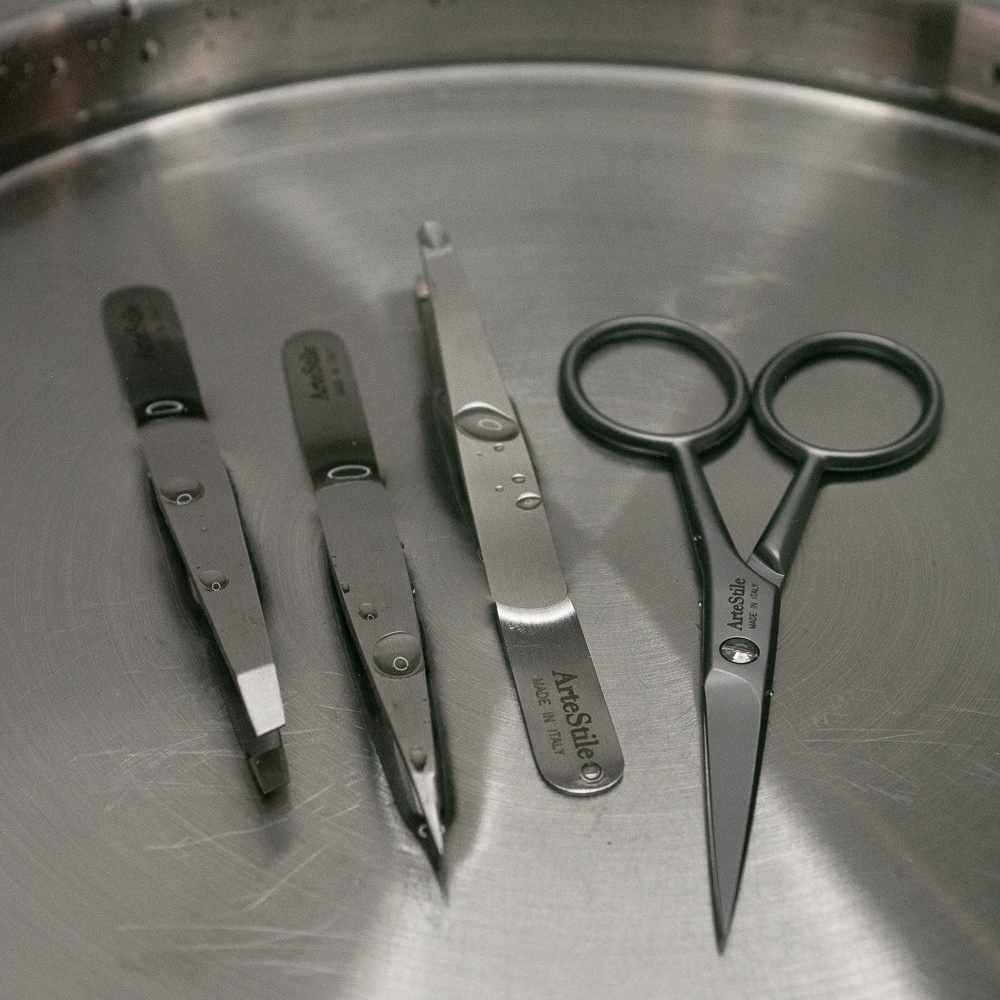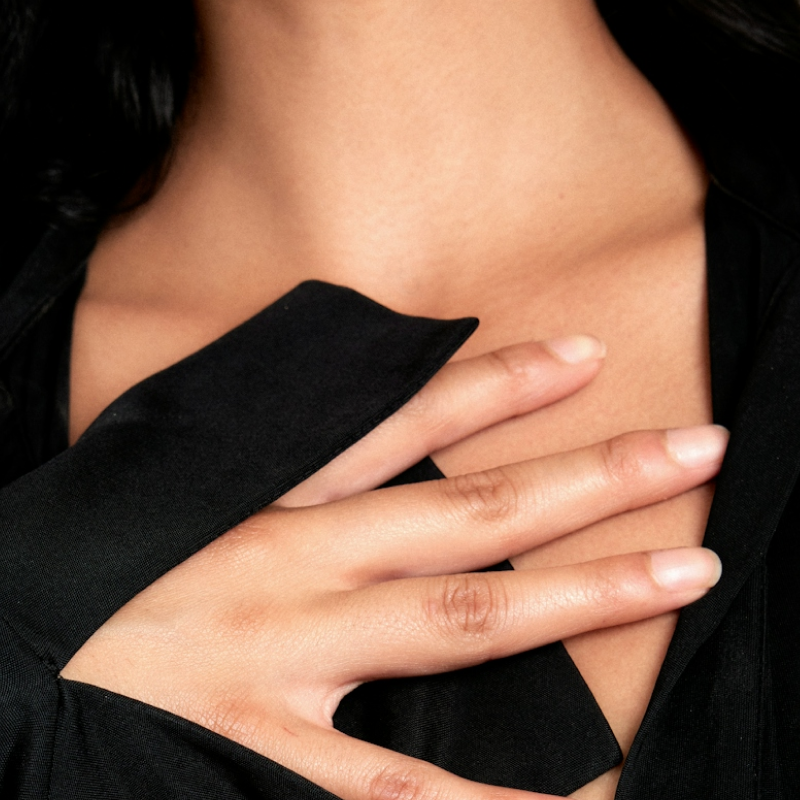by beauty expert Katey Kristabelle

image via pinterest
We are fascinated with all things skin, but somewhere along the way we forgot that this intricate organ is built to function on its own. We have been marketed to and taught we must exfoliate and moisturize our skin to replicate the skin’s natural ability as if it does not have its own shedding cycle and natural protective barrier. I love skincare as much as the next person, but I have learned you can have too much of a good thing. Our skincare products are there to help, not replace the skin’s functions. Once you learn to respect your skin’s pH levels, you will better understand how to care for your skin, and only select and use products you truly need.
The protective barrier on our skin is called the"acid mantle" made up of sweat + natural oils that ranks slightly acidic (about 5.5) on the pH scale. When skin becomes too acidic, or too alkaline, it becomes imbalanced and it compromises your skin's function and appearance.Typically alkaline skin will be dry and acidic skin will be oily. Different skincare products also have different pH levels depending on their ingredients/purpose/penetration. So you can see how the misuse, or over use of exfoliating products can possibly do more harm than good by compromising the skin’s acid mantle. On the other hand when you use compatible skincare products for your skin, you can help bring it back to balance. Internal factors such as hydration levels, diet, and toxins can affect your skin and will reflect on the surface.

image via pinterest
Alkaline skin:
pH too high, causing a very dry surface, dehydration and sensitivity. Protective lipids are stripped/ unable to lock in moisture, leaving skin fragile with low defense against allergens, bacteria & pollutants.
Back to balance:
Time to protect and strengthen your skin with lipids, fatty acids, and emollients. Retire soapy skin cleansers and bring in oil or cream cleansers, limit exfoliating acids and drying products to give the skin time to repair and restore.
Acidic skin:
pH too low, causing inflammation, oily skin, redness, and a breeding ground for acne thriving bacteria. Skin will be reactive with a tight glossy texture. You might be using too much of a good thing when it comes to your skincare routine. For example, over use of AHA/retinol/acne spot treatment products can leave the skin raw, and tender. This only encourages a shinier surface while the skin struggles to protect itself.
Back to balance:
Neutralize and heal without stripping the good stuff! Your skin needs a certain amount of oil for your protective barrier to function. Try introducing oil cleansing to your routine, or gel cleansers when the skin gets extra oily certain times of the month. Avoid mixing low pH products at the same time like numerous aha + bha, retinols, and vitamin c.

image via pinterest
In the long run, less is always more. Try being in tune with your skin, and change up your products and routine depending on how your skin looks and feels. There is no need to lock into a strict routine or interfere with what your skin was built to do on its own. Support your skin with your skin barrier in mind.






